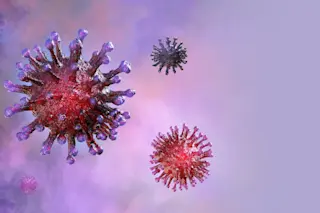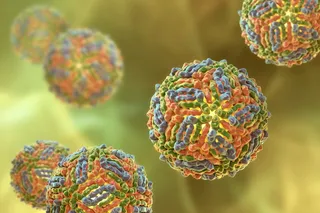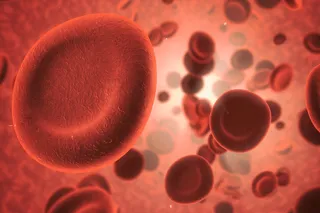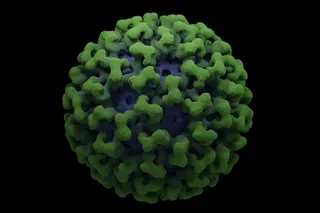It is new, but not entirely. The coronavirus upending the world right now is so similar to the severe acute respiratory syndrome (SARS) virus of 2002–03 that virologists opted to simply call it SARS-CoV-2.
Yet there seem to be some crucial differences between the virus that caused an epidemic 17 years ago and the one causing a global pandemic today. The good news is that relative to the number of infections, the virus does not seem to be quite as deadly as the earlier SARS virus was. SARS-CoV-1 infected around 8,000 people and killed roughly 1 in 7, whereas the estimated death rate for known cases of SARS-CoV-2 — while still uncertain — is much lower, perhaps even less than 1 in 70.
The bad news is that SARS-CoV-2 already has spread far more widely that SARS-CoV-1 did, in part because of the milder symptoms that many people experience and ...














